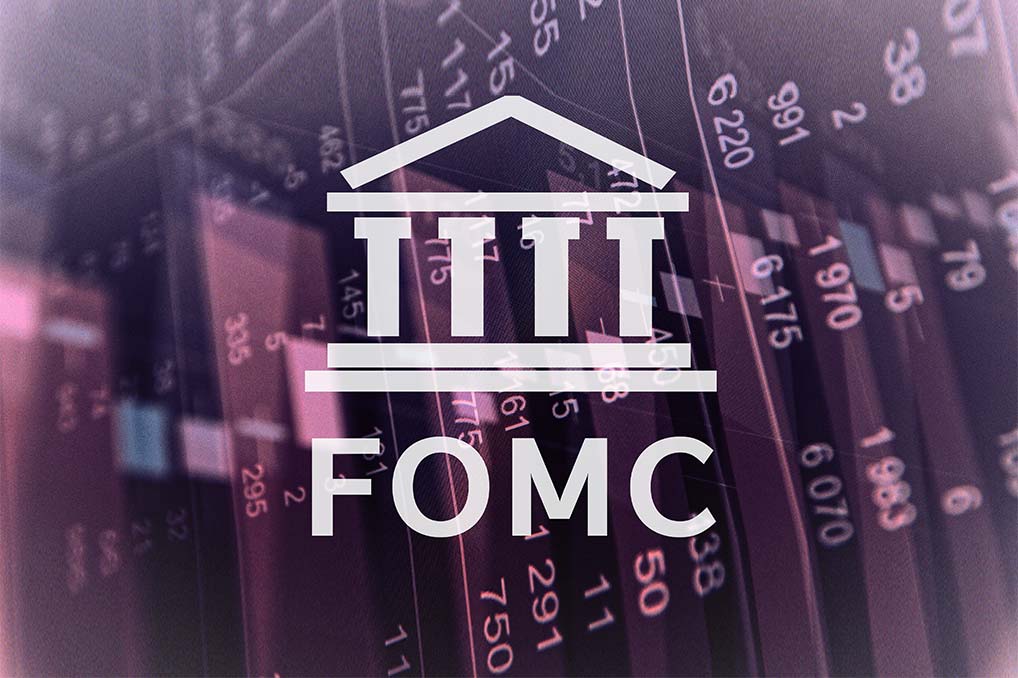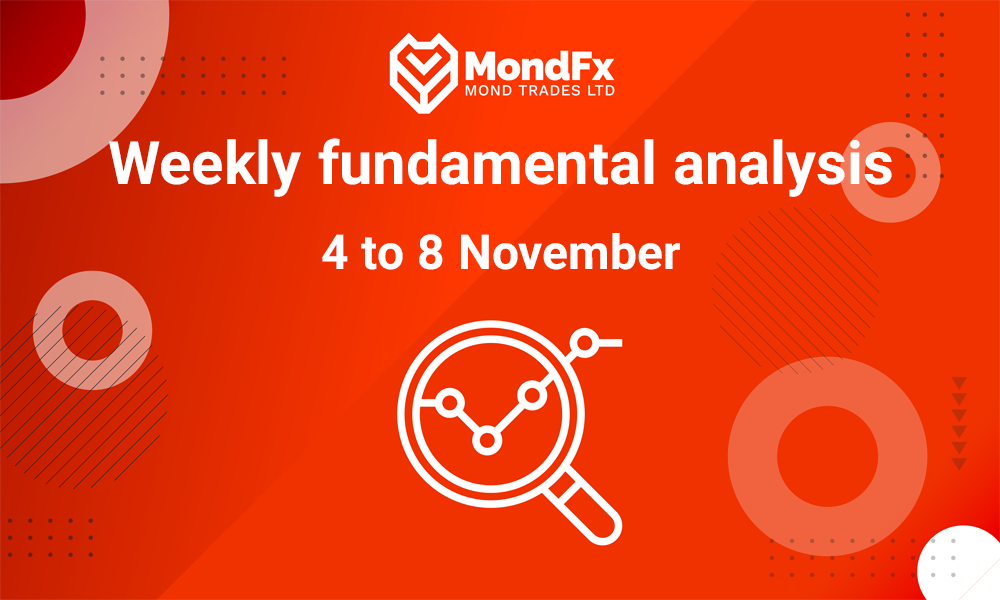
ISM Services Purchasing Managers’ Index
Tuesday, November 5
The Institute for Supply Management (ISM) will release the U.S. Services Purchasing Managers’ Index (PMI). This index measures the economic health of the non-manufacturing sector and tracks changes in production levels across the U.S. compared to the previous month. The report is released on the first business day of each month and is one of the first economic activity indicators regularly monitored by investors and traders. Industries such as real estate, finance, healthcare, and retail contribute to this sector.
The ISM Services PMI in the U.S. increased to 54.9 in September 2024, with economists expecting the index to remain above 50, indicating continued growth. Growth in the largest sector of the U.S. economy suggests that “sticky” inflation remains strong, making rate increases seem necessary. If the data does not indicate a reduction in price pressures, stocks may decline while the U.S. dollar rises.
If the index reports better numbers than expected (above 50 and above forecasts), it typically strengthens the dollar, as investors anticipate a healthier economy that could lead to higher interest rates. Conversely, a weaker-than-expected services index (below 50 or lower than forecasts) usually weakens the dollar. This could signal a slowdown in the economy and may prompt the Federal Reserve to lower interest rates or implement other accommodative monetary policies.
Impact of the News: When the ISM Services PMI is above expectations, the dollar strengthens against other currencies, and gold prices as well as prices of currencies against the dollar tend to decrease. Conversely, when the index is below expectations, the dollar weakens against other currencies, leading to an increase in gold prices and prices of currencies against the dollar.

U.S. Presidential Election
Tuesday, November 5
The U.S. presidential election could lead to two main policy paths: continuity and international cooperation, or deregulation and protectionism.
If the election results favor the Democrats, current fiscal and trade policies are likely to continue, which could help stabilize currency markets and strengthen international collaborations. In contrast, if the Republicans win, we may witness aggressive trade policies and protectionism, potentially increasing currency market volatility.
Impact of a Democratic Victory on the Dollar
If Kamala Harris wins, the economic policies of the Biden administration are likely to persist. This scenario could weaken the U.S. dollar due to reduced fiscal expansion and lower inflation. With decreasing real interest rates, the dollar would be under downward pressure.
Impact of a Republican Victory on the Dollar
A Republican victory, with Donald Trump as president, would likely result in more aggressive trade policies, such as increased tariffs. Initially, this might strengthen the dollar due to rising inflation and higher interest rates. However, the strength of the dollar could be short-lived, as long-term concerns about fiscal expansion and global economic tensions could reverse this trend.

Congressional Elections
Tuesday, November 5
The U.S. congressional elections have a significant impact on economic policies and the status of the dollar. These elections involve two chambers: the House of Representatives and the Senate. The results can affect financial decision-making, taxation, and economic regulations, which in turn impact financial markets and currencies.
Impact on the Dollar:
- Power Dynamics: If Congress is controlled by a specific party, it may facilitate or hinder the advancement of economic agendas. For instance, if the Democrats gain control of Congress, it could lead to broader fiscal policies and higher spending, which may weaken the dollar.
- Trade Policies: Election results can have a direct effect on trade policies. A Republican Congress might pursue higher tariffs and more aggressive measures, potentially strengthening the dollar, while a Democratic Congress might adopt a more lenient approach.
- Market Reactions: The market’s reaction to congressional election results can lead to significant volatility in currency pairs. Investors typically respond to political news and may buy or sell the dollar in anticipation of election outcomes.

Unemployment Claims Index
Thursday, November 7
Last week, the number of individuals filing for weekly unemployment benefits reached 216,000, seasonally adjusted, marking the lowest figure in five months. This decrease follows three weeks after reaching its highest level in 2024.
On the other hand, consumer spending rose more than expected in September, indicating the strength of the economy as it approaches the final quarter of 2024, just days before the presidential election.
Although prices increased last month, inflation is firmly on the decline, and other data released on Thursday shows that labor costs in the third quarter experienced their smallest increase in over three years. This data is likely to keep the Federal Reserve on track for a rate cut next week, with the possibility of maintaining this stance in December as well.
Impact of the News: When the unemployment claims index is lower than expected, the dollar strengthens against other currencies, and the prices of gold and currencies against the dollar tend to decrease. Conversely, when the index is higher than expected, the dollar weakens against other currencies, leading to an increase in the prices of gold and currencies against the dollar.

Federal Reserve Interest Rate Announcement
News release day: Thursday, November 7
The Federal Reserve holds several policy meetings each year to review interest rates and make adjustments as necessary. The Fed’s decisions are influenced by economic data, including inflation rates, unemployment, and economic growth.
The Federal Reserve uses interest rates to control inflation. By raising rates, borrowing costs increase, which can reduce consumption and investment, thereby helping to alleviate inflationary pressures. Short-term interest rates are a key factor in assessing currencies. Traders typically focus on predicting future changes in rates rather than other indicators.
Overnight Interbank Rate
The interest rate at which depository institutions lend their balances held at the Federal Reserve to other depository institutions overnight is known as the overnight interbank rate.
Impact of the News: If the actual announced rate is higher than expectations, it typically favors the dollar. An increase in interest rates indicates stronger monetary policy and economic health, which can lead to increased demand for the dollar and a weakening of gold prices and currencies against the dollar, and vice versa.

FOMC Index
News release day: Thursday, November 7
The Federal Open Market Committee (FOMC) Statement is a report released after each FOMC meeting, containing key information about monetary policy decisions, assessments of the economic situation, and future forecasts. The FOMC statement can have a significant impact on currencies, stocks, and other assets. Market reactions to this statement are typically swift and pronounced. Paying attention to changes in the FOMC statement and its content can help traders predict future market movements and influence their trading strategies.
Impact of the News: If the FOMC statement is hawkish or aggressive, it indicates that the central bank, like the Federal Reserve, has a greater inclination to raise interest rates or adopt contractionary policies, which usually benefits the dollar. An increase in interest rates enhances the attractiveness of investments in the dollar and can lead to increased demand.
Conversely, if the FOMC statement is dovish or non-aggressive, it suggests that the central bank is less inclined to raise interest rates or implement contractionary policies. Dovish positions typically do not favor the dollar and can lead to its weakening, as a reduction in interest rates or reluctance to raise them decreases the investment appeal of the dollar.
FOMC Press Conference: Release Date Thursday, November 7
The FOMC Press Conference is an important event that takes place immediately after the interest rate statement is released. This conference provides an opportunity for Federal Reserve officials to give further explanations about monetary policy decisions and the economic outlook. Fed officials discuss in detail the reasons behind interest rate changes and other monetary policies, while also answering reporters’ questions. The statements from Federal Reserve officials may provide clues regarding future policies, such as the likelihood of interest rate increases or decreases.
The conference lasts about an hour and consists of two parts: first, a prepared statement is read, followed by a session dedicated to press questions. The questions often lead to unscripted responses that can create significant market volatility. The conference is webcast live on the Federal Reserve’s YouTube channel. This practice began in April 2011.
Impact of the News: If the Federal Reserve’s stance on interest rate increases or monetary tightening is more aggressive than expected, it is usually viewed positively for the dollar and negatively for gold and currencies against the dollar.

